Red Hat Summit 2017: 5 New Red Hat Products For Containers, Cloud And Security
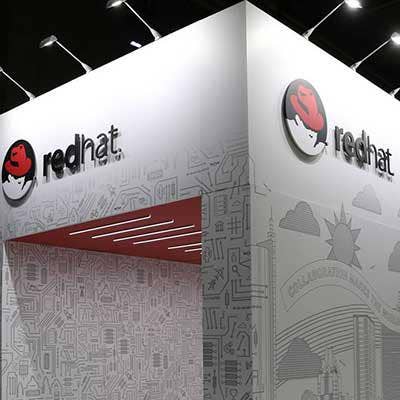
The Latest From Red Hat
If you're looking for further evidence that the container revolution has begun, this year's Red Hat Summit may be able to help convince you. Open-source heavyweight Red Hat -- with assistance from cloud giant Amazon Web Services -- on Tuesday unveiled five new products and services related to container technology. Included are container-focused products for application development, security, storage and cloud services. Underpinning all of the announcements is the goal of enabling enterprises to take full advantage of containers, for improved development and deployment of applications.
In the following slides, we've rounded up the key details on Red Hat's five newest products and services, announced at the Red Hat Summit 2017.
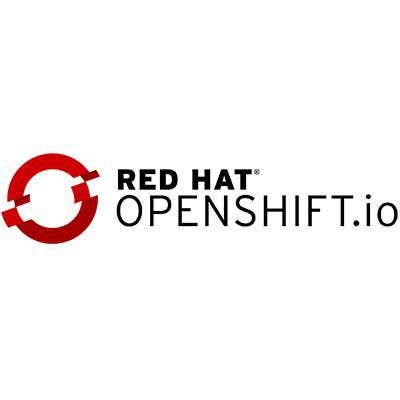
OpenShift.io
OpenShift is Red Hat's Platform-as-a-Service, which provides cloud-native application development and deployment for enterprises, through leveraging Docker containers and Kubernetes container orchestration. Building on OpenShift, Red Hat Tuesday introduced OpenShift.io, a new online development environment for creating cloud-native, container-based apps. The environment is designed particularly with the needs of development teams -- including distributed teams -- in mind. Features include real-time stack analysis for improved detection of vulnerabilities and abnormalities in usage.
The ultimate goal is to enable more effective collaboration around developing containerized apps that are deployed to hybrid clouds. Underlying OpenShift.io are several open-source projects, including Jenkins, Eclipse Che and fabric8, Red Hat said.
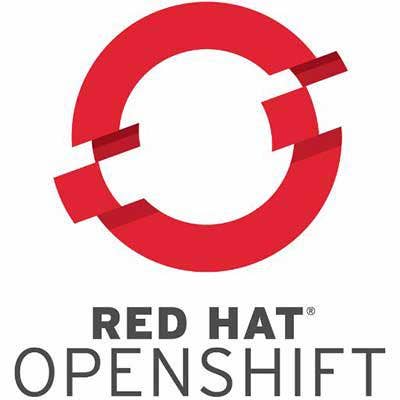
OpenShift Application Runtimes
A second offering aimed at improving cloud-native application development is Red Hat's new OpenShift Application Runtimes. These runtime foundations are pre-built and containerized, and aim to save developers from having to spend time on pre-coding setup. The end goal is faster development of microservices across hybrid clouds. The offering will support runtime frameworks including Node.js, WildFly Swarm, Spring Boot and Eclipse Vert.x. It's geared to work with Red Hat's containerized middleware services, OpenShift Application Services, the company said.

Container Health Index
As containers make their way into the mainstream, Red Hat is aiming to provide the most comprehensive analysis available for the security of Linux container images. The aim is to provide concise metrics on the security impact of containers, in the form of a grade -- from A to F -- that rates how container images should be used in production. The grade is based in part on the age of container images, as older images are more likely to have security issues. The ultimate goal, Red Hat said, is to provide customers with "a higher degree of confidence" about whether containers are ready for production or not.
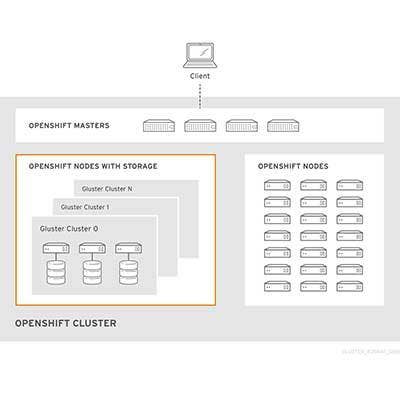
Container-Native Storage
Enterprise deployments of containers are also creating new types of needs around storage. Red Hat said Tuesday that it's responding with the introduction of a container-native storage solution, which aims to make containerized applications more portable across different operating environments. The result is that enterprises get consistent storage no matter the environment, improving flexibility and agility, Red Hat said. The new software-defined storage solution is for Red Hat OpenShift Container Platform 3.5 with Red Hat Gluster Storage 3.2 on AWS.
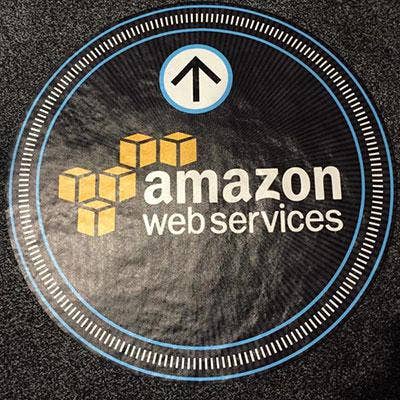
AWS-OpenShift Integration
Red Hat and Amazon Web Services said Tuesday that they are getting cozier when it comes to container technology. Access to AWS services will now be natively integrated into Red Hat's OpenShift Container Platform, the companies said, through an expanded partnership between Red Hat and AWS. What that means is that customers will be able to more easily leverage AWS services -- such as compute, database, analytics and machine learning -- while building container-based applications with the OpenShift Container Platform. Ultimately, enterprises will be able to use a single app development platform whether they're in the cloud or on-premises, Red Hat said.